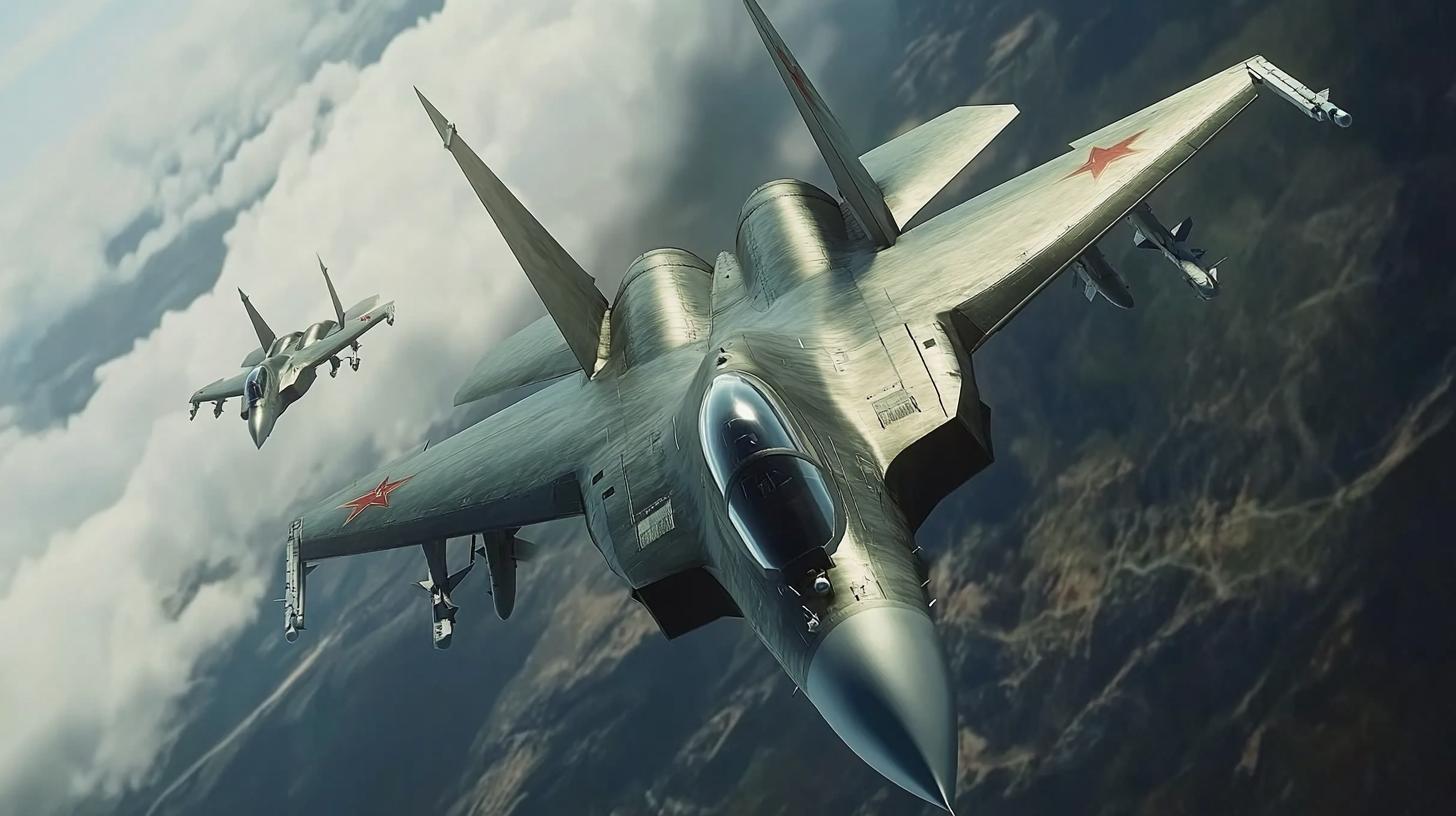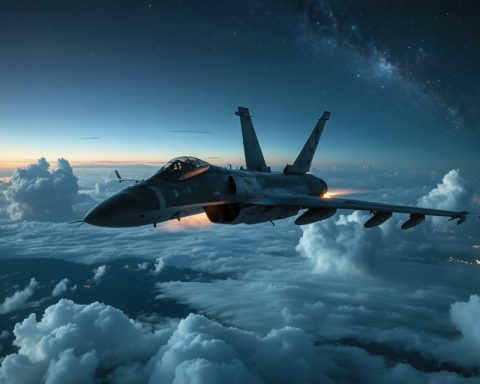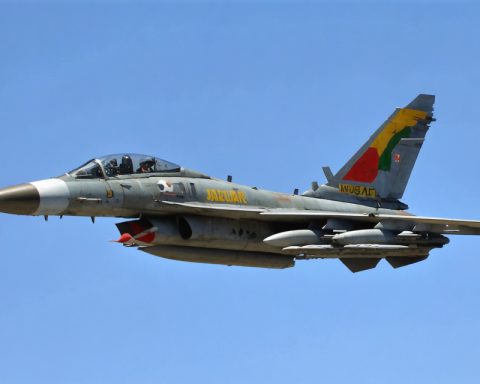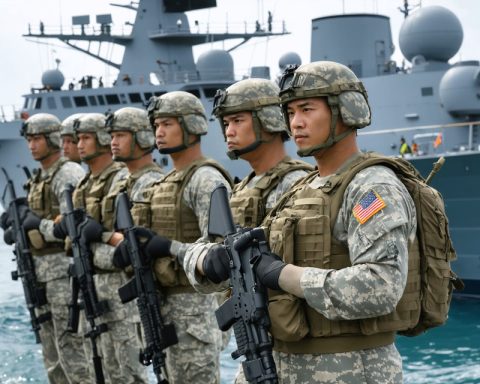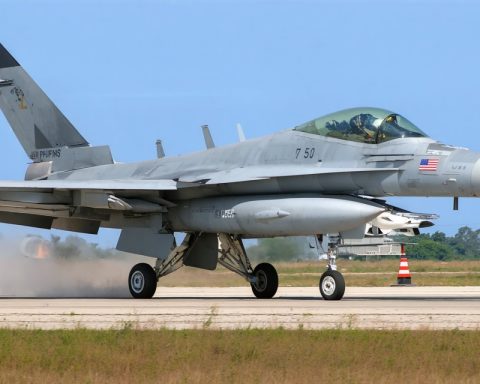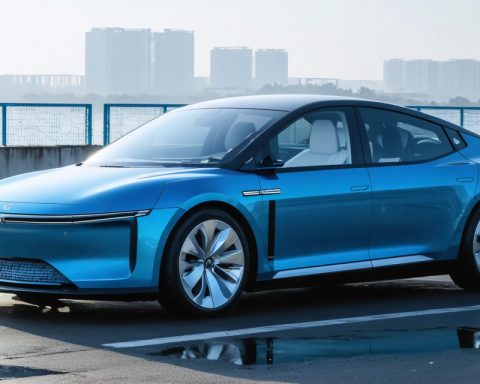China has unveiled its latest stealth fighter, the J-35A, marking a significant leap in the country’s military prowess. Its debut flight at the prestigious Zhuhai Airshow in Guangdong captured the world’s attention. Experts see this as a strategic move by Beijing to match the advanced capabilities of US warplanes. The J-35A bears a striking resemblance to America’s F-35, the most modern jet in the United States’ fleet.
The new Chinese stealth fighter can evade radar and reach supersonic speeds, enhancing China’s military arsenal significantly. With its lightweight design and dual engines, the J-35A offers robust thrust capability, surpassing some single-engine competitors.
China’s military now stands alongside the US as the only nations possessing multiple modern stealth aircraft. The J-35A has been in development for over a decade by China’s Aviation Industry Corporation and is seen as a versatile fighter adaptable for various combat roles.
While specific details remain scarce, the J-35A boasts impressive armament capabilities, including short and medium-range missiles. Designed for naval operations, it can launch from advanced carriers like the Type 003 Fujian.
Despite its higher speed compared to the F-35, analysts highlight the contrasting strengths of the two jets. The F-35 boasts superior range, ideal for long-range missions, while the J-35A’s speed offers advantages in high-velocity interception scenarios.
This development plays into President Xi Jinping’s vision of a world-class military by 2050. With significant investments in cutting-edge technologies, China aims to solidify its position on the global stage, sending a clear message to the United States and its allies.
How China’s J-35A Stealth Fighter Could Reshape the Future of Military Aviation
China’s recent introduction of the stealth fighter J-35A has not only piqued global military interest but also invites an examination of its broader implications for technology and international relations. As it joins the exclusive club of countries with sophisticated stealth aircraft, this development raises pertinent questions about the future of military aviation and technological innovation.
Unparalleled Technological Leap
One notable aspect often overshadowed by the fighter’s military capabilities is the technological advancement it represents. The J-35A integrates state-of-the-art materials and electronic systems designed to minimize radar detection. This reflects a significant leap in China’s capabilities in materials science and aerospace engineering, sectors that are bound to have ripple effects in civilian technologies such as telecommunications and autonomous vehicles.
The Role of AI in Modern Warfare?
With advancements in artificial intelligence (AI), there is speculation surrounding the incorporation of AI systems in the J-35A for enhanced combat performance and decision-making. While details remain undisclosed, the implications of AI-driven warfare raise ethical questions on autonomous weapons and their potential to reduce human casualties—or conversely, to escalate conflicts with machine-driven precision.
Advantages and Disadvantages
The J-35A’s faster speed compared to similar aircraft such as the F-35 brings notable tactical advantages in high-speed interceptions. However, this speed comes at the cost of range and endurance, potentially limiting its operational scope. This trade-off poses the question: is speed more vital than range in modern aerial combat?
Strategic Controversies
The J-35A’s resemblance to the F-35 has sparked controversies. Critics argue that this similarity may stem from technological imitation or espionage, raising significant concerns about intellectual property in defense industries. What does this mean for countries striving to protect their technological edge? The conversation surrounding technological sovereignty is more crucial than ever.
Impact on Global Military Balance
Of broader concern is how such advancements might shift the global military balance. As China edges closer in technological parity with Western military capabilities, alliances may shift, and international relations could be redefined. The J-35A not only bolsters China’s military stance but catalyzes a potential arms race, urging other nations to innovate to maintain their strategic advantages.
Links for Further Information
For continuous updates and insights on international defense and technological advancements, consider visiting Global Times and Reuters.
In conclusion, China’s J-35A isn’t merely a symbol of military might; it’s a harbinger of technological advancements with far-reaching implications across various sectors. As nations watch closely, the interplay of innovation, strategy, and international relations continues to evolve, shaping the future landscape of both military and civilian technology. What does this mean for peace, security, and progress? Only time will tell.
